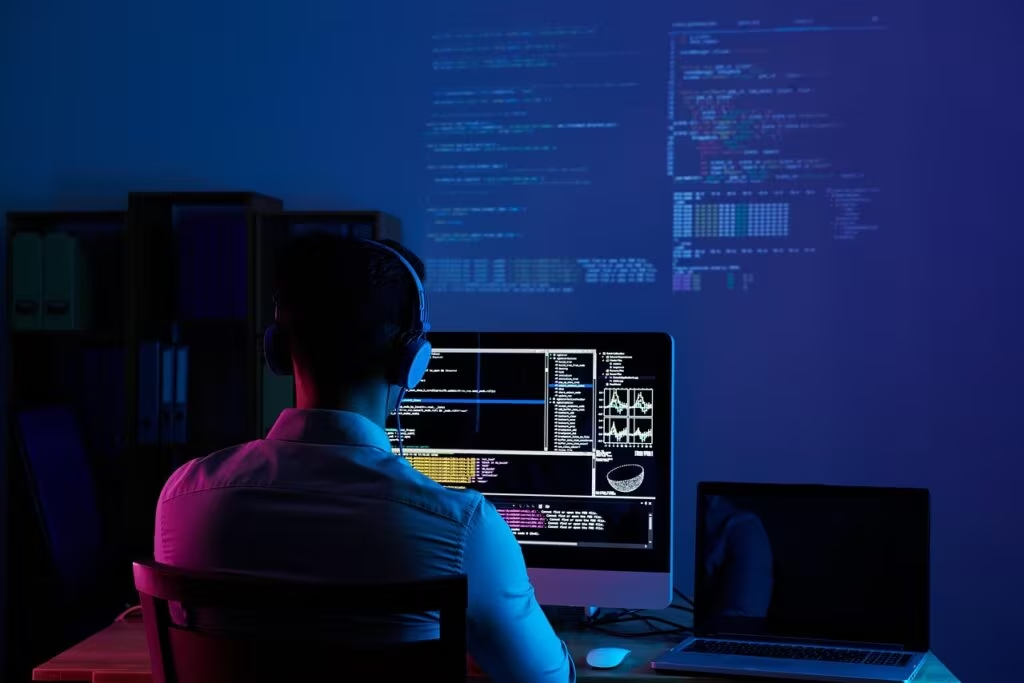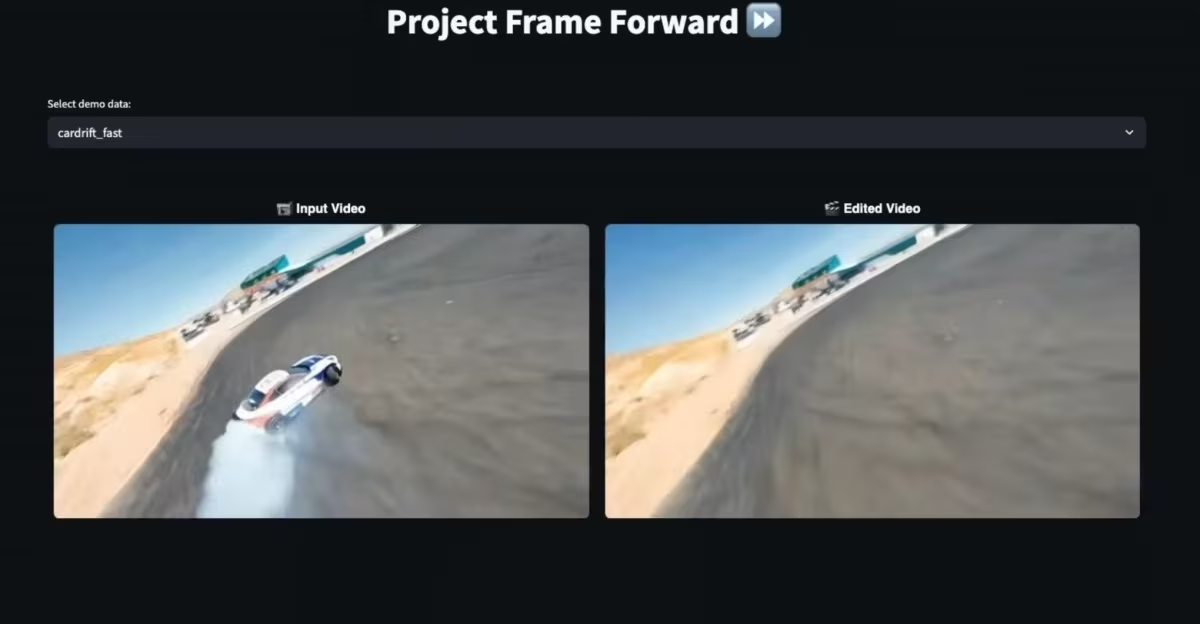Adobe Unveils Revolutionary AI Tool That Edits Entire Videos from a Single Frame
At the annual Adobe Max conference in 2025, Adobe showcased a groundbreaking experimental technology designed to fundamentally reshape the video post-production workflow. Dubbed a “Sneak”—a term Adobe uses for proof-of-concept projects developed by its research teams—the tool demonstrated the ability to analyze a single edited frame and automatically propagate those complex changes, such as color grading, style transfers, or object manipulation, across the entire video timeline with near-perfect temporal consistency.
This innovation addresses one of the most persistent and time-consuming challenges in professional video editing: maintaining a cohesive look and feel across hundreds or thousands of individual frames. By leveraging advanced generative AI models, the tool drastically reduces the need for manual, clip-by-clip adjustments, promising massive efficiency gains for creators ranging from independent filmmakers to large studio post-production houses.
Solving the Challenge of Temporal Consistency
For seasoned video professionals, the term temporal consistency is synonymous with painstaking manual labor. When a user applies a stylistic change—say, turning a daytime shot into a stylized noir look, or replacing a background object—the resulting edit must remain stable and flicker-free throughout the duration of the clip. Traditional non-linear editing (NLE) software often requires complex tracking, masking, and manual keyframing to achieve this stability.
Adobe’s experimental AI bypasses this complexity by understanding the semantic content of the video and the user’s intent within the single reference frame.

How the Single-Frame Editing Process Works
The core mechanism relies on sophisticated machine learning algorithms that analyze the chosen reference frame and then apply the learned transformation model to the remaining frames in the sequence. This process involves several key steps:
- Input Analysis: The user selects a single frame and applies a complex edit (e.g., changing the color of a specific shirt, adding a stylized filter, or removing a small imperfection).
- Intent Mapping: The AI interprets the user’s edit as a high-level instruction rather than just pixel manipulation. It identifies the specific objects, lighting conditions, and textures affected.
- Propagation and Tracking: Using advanced optical flow and object tracking techniques, the AI propagates the identified change across the entire video sequence, ensuring that the edited elements move and deform naturally without flickering or breaking the illusion.
- Real-Time Preview: The goal is to provide near-instantaneous results, allowing editors to iterate quickly on complex visual effects that previously took hours or days to render and stabilize.
This capability moves generative AI beyond simple image creation and into the realm of practical, high-fidelity video production tools.
Potential Impact on Post-Production Workflows
The introduction of single-frame editing could mark a pivotal moment in the evolution of video software, similar to how layers revolutionized image editing in Photoshop decades ago. The primary beneficiaries will be professionals working under tight deadlines who require high visual fidelity.
Key Workflow Enhancements:
- Massive Time Savings: Tasks that currently require dedicated VFX artists hours of rotoscoping and tracking—such as changing the color palette of an entire scene or applying a consistent digital makeup effect—could be completed in minutes.
- Democratization of Complex Effects: High-end visual effects and advanced color grading techniques become accessible to a broader range of creators who may lack specialized training in tools like After Effects or DaVinci Resolve.
- Enhanced Creative Iteration: Editors can experiment with complex looks and styles instantly, allowing for more creative freedom and faster client feedback cycles without the overhead of lengthy rendering times for tests.

Context: Adobe Max ‘Sneaks’ and Future Availability
It is crucial for industry observers and potential users to understand the context in which this tool was presented. The demonstration was part of the Adobe Max Sneaks session, a highly anticipated segment of the conference where the company’s researchers show off cutting-edge, often futuristic, projects that are still deep in development.
The “Sneaks” program serves as a barometer for Adobe’s long-term research direction. While many Sneaks eventually find their way into commercial products like Premiere Pro or After Effects, they are not guaranteed features. They represent the technological frontier Adobe is exploring, often years before they are polished enough for a production environment.
“Our goal with these experimental projects is to push the boundaries of what’s possible in creative software,” an Adobe representative stated during the Max presentation. “This single-frame video editing tool is about eliminating the tedious, repetitive work so creators can focus purely on the artistic vision.”
The timeline for integration into commercial Adobe Creative Cloud applications remains uncertain, but the technology signals a clear commitment to integrating sophisticated generative AI tools directly into the core video editing experience by the late 2020s.
Key Takeaways
This experimental technology from Adobe represents a significant leap forward in generative video editing, promising to streamline post-production workflows dramatically:
- Core Function: The AI tool analyzes a single edited frame and applies the changes consistently across the entire video timeline.
- Problem Solved: It eliminates the manual effort required to maintain temporal consistency in complex edits, such as style transfers or object manipulation.
- Impact: Offers massive time savings and democratizes high-end visual effects for a wider range of creators.
- Status: Currently an experimental “Sneak” project, showcased at Adobe Max 2025, indicating future direction rather than immediate product release.
- Industry Shift: Signals the continued integration of sophisticated generative AI directly into professional non-linear editing systems.
Conclusion
Adobe’s demonstration of single-frame video editing capability confirms the industry’s trajectory toward AI-assisted creativity. By automating the most tedious and technically challenging aspects of video post-production—namely, ensuring temporal stability across sequences—Adobe is positioning its Creative Cloud suite to remain central to the future of content creation. While editors must wait for the technology to mature and integrate into commercial products, the potential for accelerating workflows and expanding creative possibilities is undeniable.
Original author: Jess Weatherbed
Originally published: October 31, 2025
Editorial note: Our team reviewed and enhanced this coverage with AI-assisted tools and human editing to add helpful context while preserving verified facts and quotations from the original source.
We encourage you to consult the publisher above for the complete report and to reach out if you spot inaccuracies or compliance concerns.

